December 9, 2015
Generation Z imagines its future workplace design, pods and all 0
Research by Leesman Index (among others) shows how the design of learning environments influences a student’s choice of university. This thinking now also applies to offices, with the commercial office design sector creating the kind of facilities available on the modern university campus. A new workshop organised by furniture brand HÅG has discovered how Generation Z imagines its future workplace. For example, in the same way that a college library offers collaborative and silent spaces; the young people in the workshop didn’t share the current trend of shared workspaces but wanted a mix of collaborative areas combined with isolated working pods that they could customise for their own requirements and mood. However, Gen Z goes further than ever, in blurring the boundaries between home and work, with a great deal more emphasis on wellbeing and areas to relax compared to previous generations.










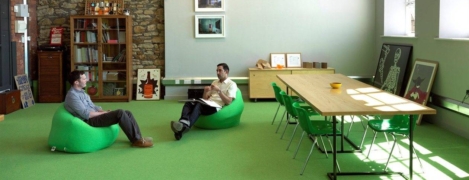
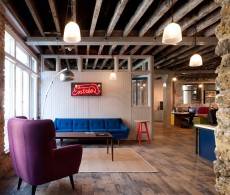


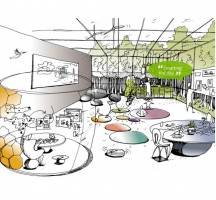

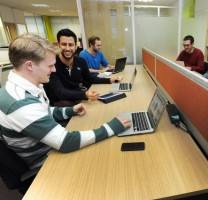
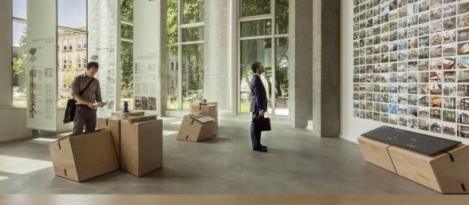
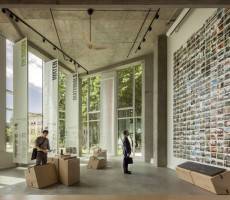
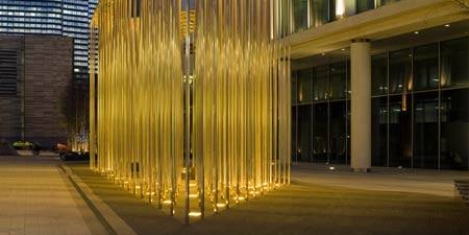
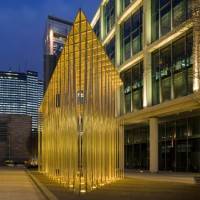


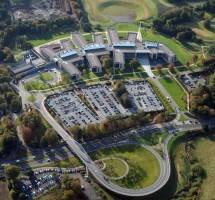








September 21, 2015
Five essential office design trends to look for in the near future 0
by Tom Brialey • Comment, Facilities management, Flexible working, Workplace design
(more…)